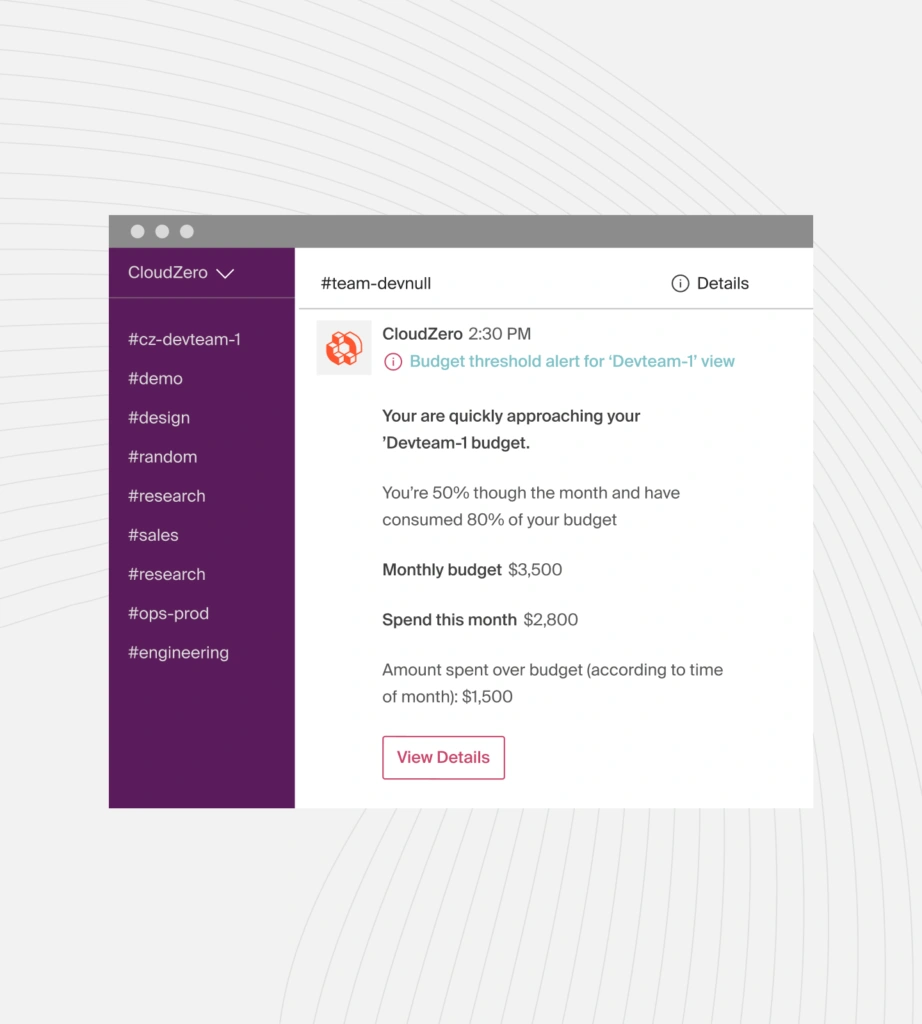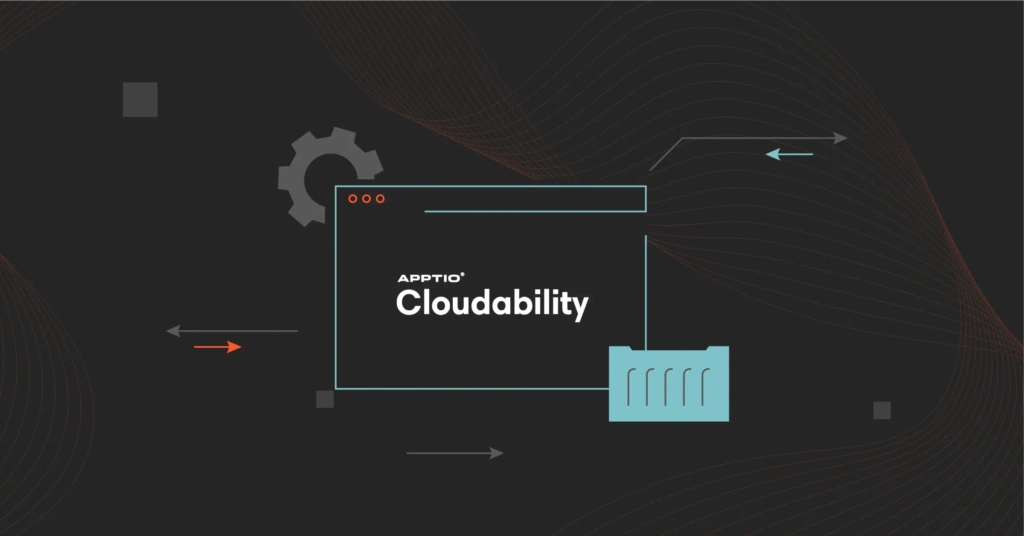If you are fine using a conventional cloud cost management tool, Apptio’s Cloudability can be a helpful tool. It promises to enable DevOps, IT, and finance to optimize cloud resources for quality, speed, and cost.
A large business with a high cloud spend, a team of 5-10 engineers, and a budget for expert guidance is an ideal match for Cloudability. With Cloudability, you can get a fast overview of your cloud costs, navigate between multiple accounts, manage Reserved Instances, and decommission unused resources.
Except Cloudability Is Not Perfect
But you are here in search of top Cloudability alternatives.
Cloudability users often complain that it has a steep learning curve, the UI is overwhelming, and the amount of data it produces is so overwhelming that they don’t know where to start. In their experience, finding specific data to make informed, actionable, and timely decisions is usually tricky without expert guidance, which can be costly.
Customers also view Cloudability’s pricing model as one of the more expensive options available. Wouldn’t you prefer a Cloudability competitor that pays for itself in a matter of weeks or months rather than years — or never?
This guide explores seven of the best alternatives to Cloudability. Our goal isn’t to conclude which tool is better or worse. Instead, it is about helping you select a cloud cost tool that matches your needs.
1. CloudZero
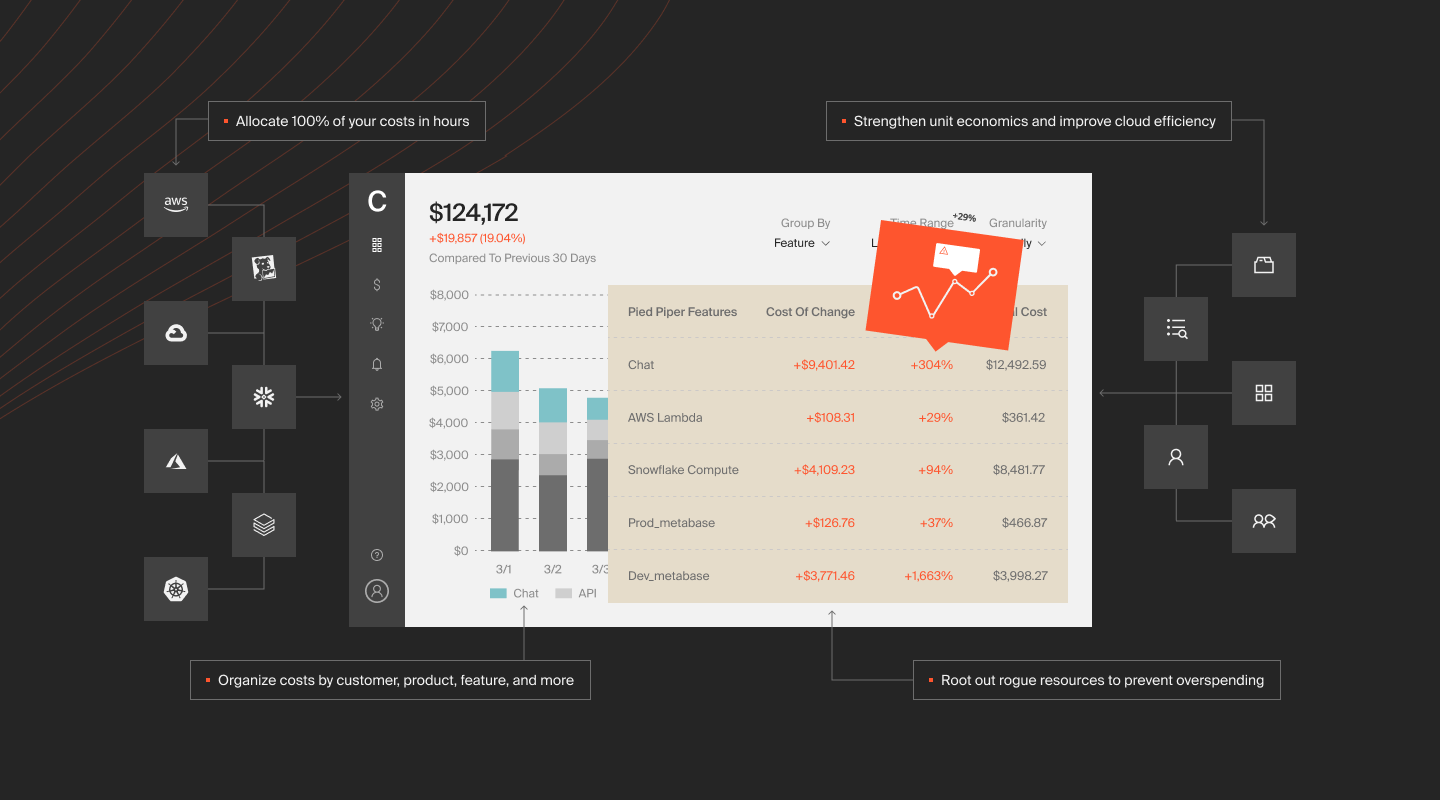
Traditional cloud cost management tools only show a high-level picture of your cloud spend. CloudZero offers a new approach to controlling cloud costs — cloud cost intelligence. Built for software-driven companies, we put engineers in control of cloud costs by connecting technical decisions to business outcomes.
If growing your margins is an area of focus for you, we might be a great fit. Here’s where we excel:
- If you are looking to understand the cost of goods sold (COGS), we can give you a complete view of the costs across your business, including AWS and Snowflake.
- If you want to build a culture of cost-conscious engineering, we help you provide relevant views of product features, dev teams, and more — with context for teams to easily explore which costs are changing and why.
- If tagging, shared resources, or Kubernetes costs are a source of pain, we make it simple to align costs with your business — without tagging.
- If you are looking to measure unit cost, such as cost per feature, cost per customer, and more, we can help you align cloud cost with your important business metrics.
Year Founded: 2016
Category: Cloud Cost Intelligence
Best choice for companies of all sizes that want to correlate cloud spending to actual business activities to make data-driven, accurate, and actionable decisions.
CloudZero Pricing: Fixed annual pricing (not a percentage of spend)
Visit our demo page to see how CloudZero enables engineering teams to deploy a cost-first approach to innovation and finance teams to decode their AWS bill and improve their FinOps programs.
2. CloudHealth
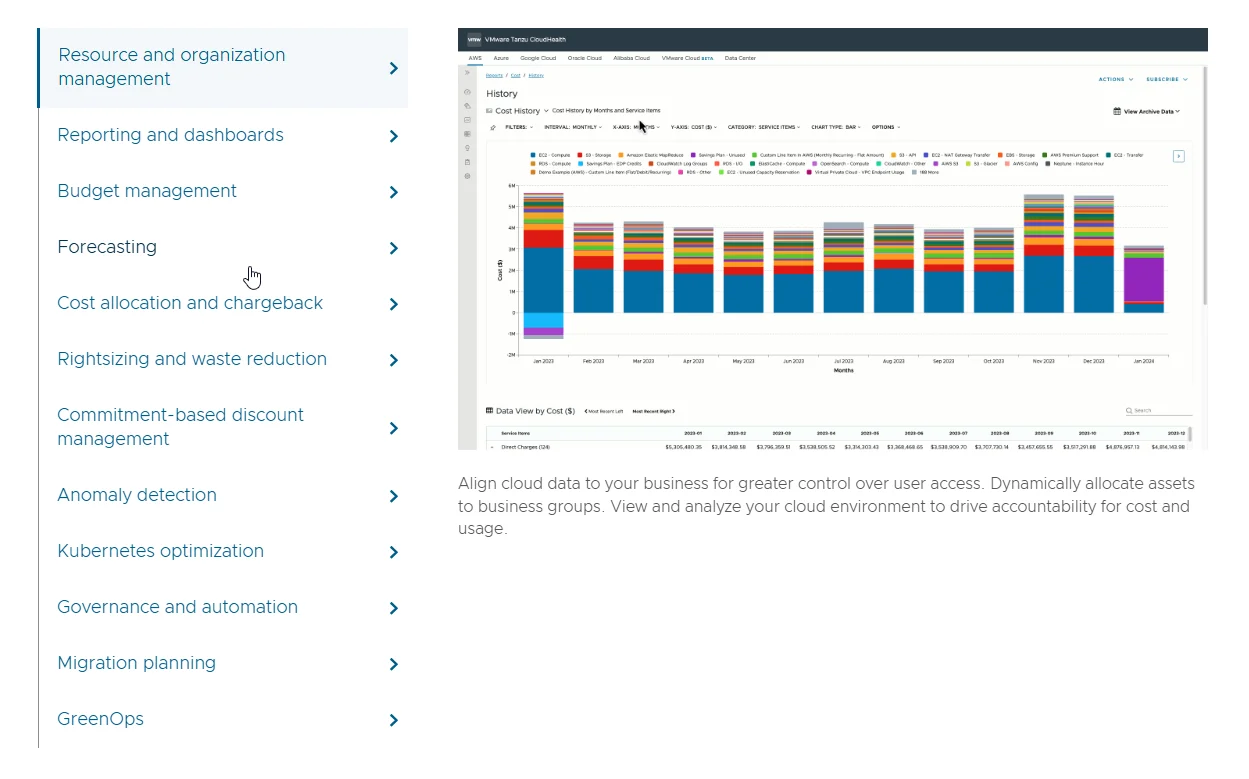
CloudHealth is a traditional cloud cost management platform suitable for companies with high cloud spend. CloudHealth may also be a good choice for increasing cost visibility in hybrid or multi-cloud environments.
As a product owned by VMware, CloudHealth also promotes itself as a suitable tool for improving cloud security, compliance, operations, and cloud reporting. Cloudability also offers cloud financial management must-haves such as rightsizing and AWS reservation purchasing.
Year Founded: 2012
Category: Traditional Cloud Cost Management
Best for enterprises looking for a tool that can serve as a multi-cloud or hybrid cloud security and compliance platform.
CloudHealth Pricing: Flat rate up to 100,000 monthly cloud spend, then 3% of monthly spend
Related Read: Top 10 CloudHealth Alternatives
3. Harness
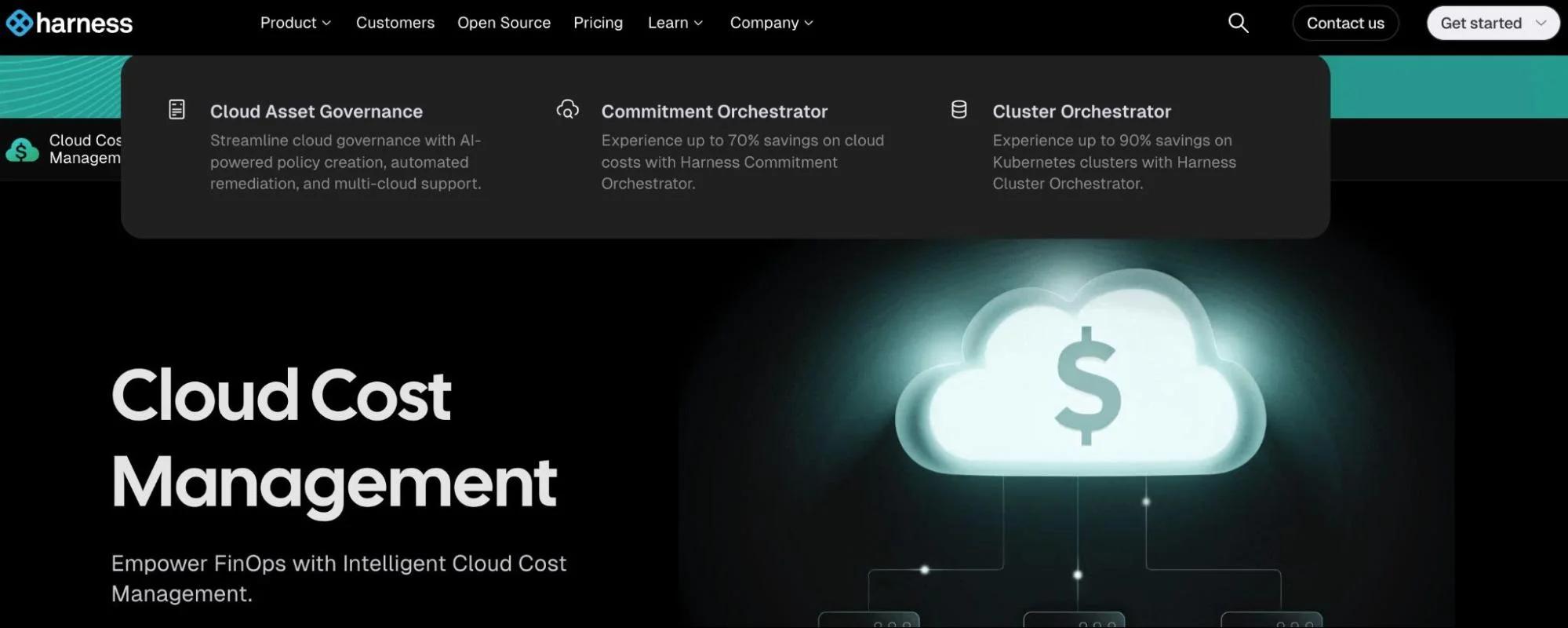
With Cloud Cost Management (CCM) from Harness, IT and finance teams can work towards improving their cloud cost visibility. Depending on resource allocation and changes in business strategy, FinOps teams can also use CCM to prioritize software development projects.
Users also praise Harness’s ability to provide more detailed data visualizations with other cloud providers, such as Microsoft’s Azure Cloud and Google Cloud. Teams can also create and enforce cost policies to control cloud spending. Those who complain about the tool’s pricing model say it can be costly, depending on cloud infrastructure configuration.
Year Founded: 2016
Category: Automated Cloud Cost Management
Best for companies wanting more detailed cloud cost reporting in a multi-cloud environment.
Harness Pricing: Percentage of cloud spend; 2.25% of spend (Teams) and 2.5% (Enterprise)
Related Read: 5 Powerful Harness.io Alternatives For CI/CD, Security, And Cloud Cost Optimization
4. Flexera
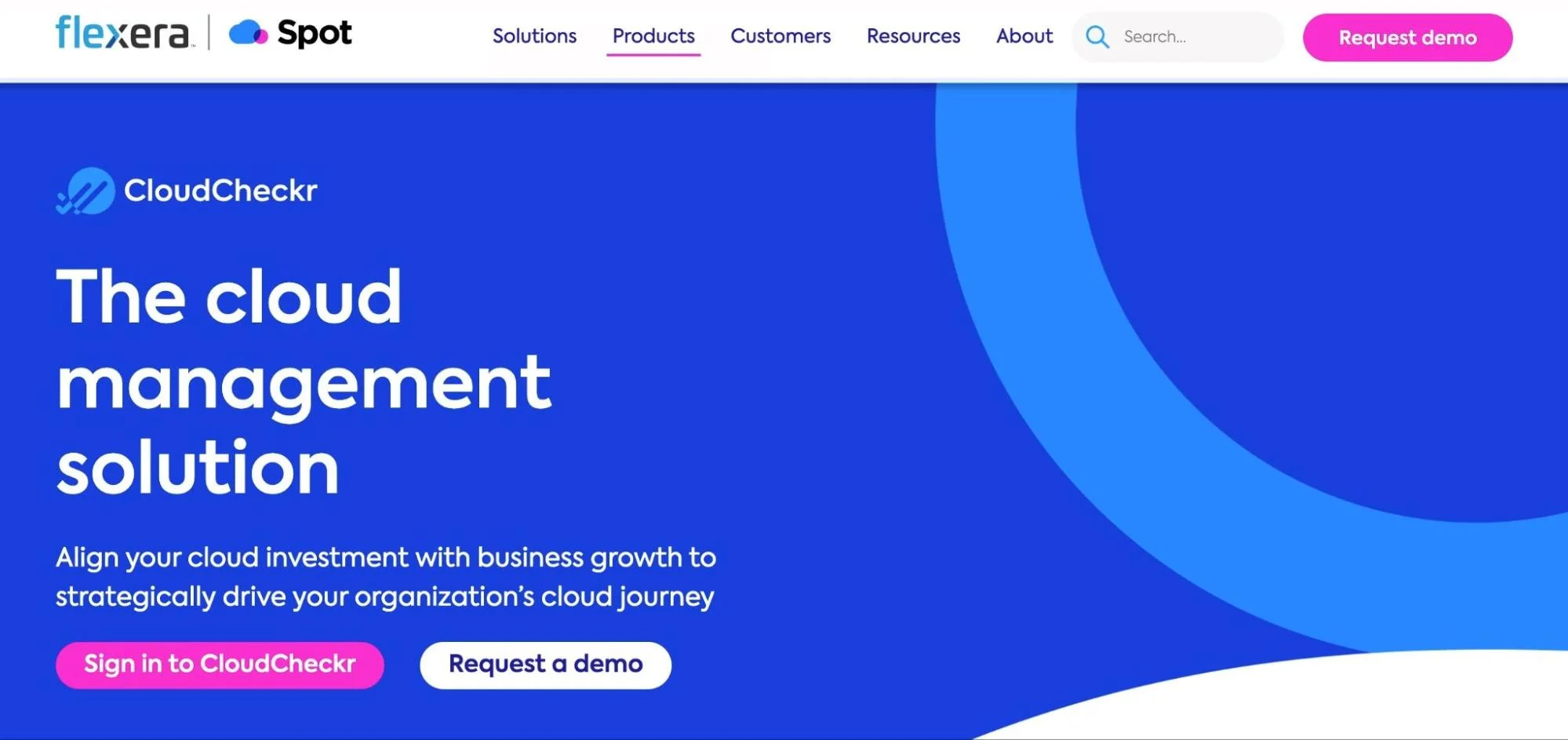
Flexera acquired CloudCheckr in 2025 as part of its purchase of Spot by NetApp. The result is a combined platform that offers a more robust traditional approach to cloud cost management.
Flexera Optima helps teams govern multi-cloud environments with customizable dashboards, cost allocation, and detailed reporting.
You can break down and report cloud infrastructure costs by cloud provider, region, or account. Teams also get cost anomaly detection, budget controls with auto-actions, and optimization recommendations. With CloudCheckr integrated, Flexera now supports deeper analysis of RIs and Savings Plans to help reduce waste and improve coverage.
Year Founded: 2016
Category: Traditional Cloud Cost Management
Best for companies that have a perfect tagging strategy.
Flexera Pricing: Contact Sales
5. CAST AI
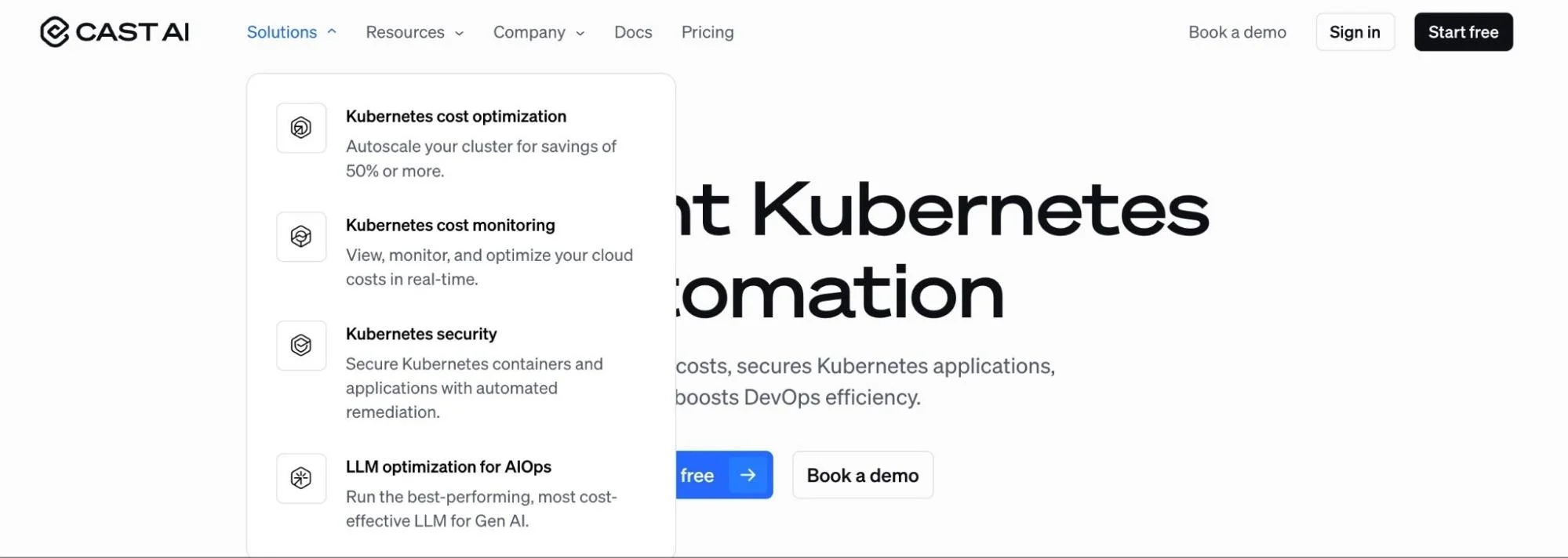
CAST AI helps teams cut cloud costs automatically by optimizing Kubernetes workloads in real time. It continuously analyzes clusters to rightsize resources, eliminate overprovisioning, and scale workloads based on demand — without manual intervention.
It also offers cost reporting, security recommendations, and multi-cloud support. CAST AI works best for companies already running Kubernetes at scale who want real-time cost control and optimization without needing tagging or deep manual setup.
Year Founded: 2019
Category: Kubernetes Cloud Cost Optimization
Best for companies running large Kubernetes workloads that want to reduce waste without manual rightsizing.
CAST AI Pricing: Free tier available; paid plans based on cluster size and usage
6. AWS Cost Management Services
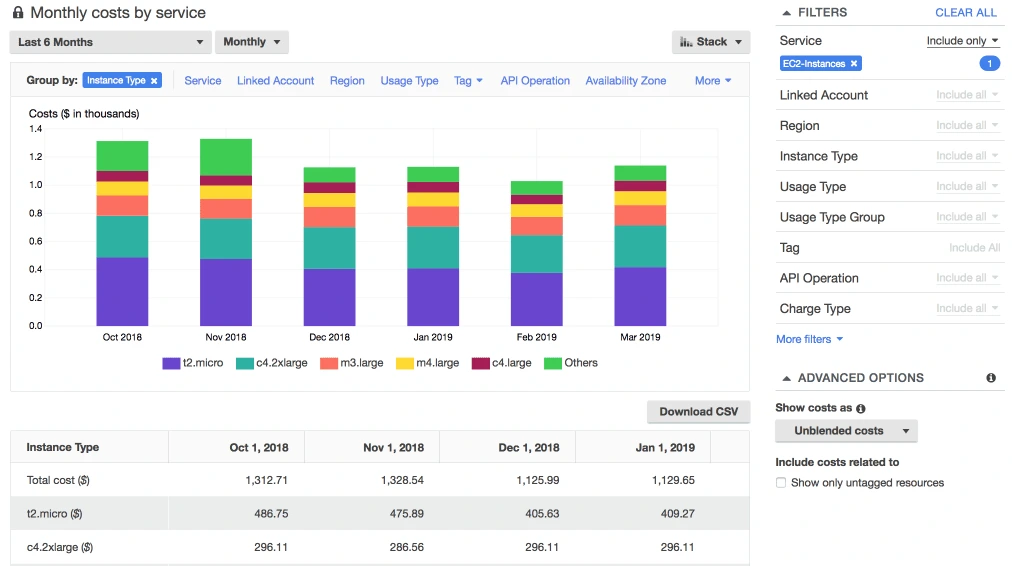
Amazon Web Services offers a variety of free cloud computing tools. AWS native tools such as AWS Budgets, AWS Cost Explorer, and AWS Cost and Usage reports provide a starting point for businesses with small workloads and low cloud spend. AWS cost services features include rightsizing, Savings Plans, Reserved Instances, and Spot Instances.
Because AWS collects data from multiple AWS services, cloud cost teams can gain a high-level view of their public cloud costs. However, users complain that the AWS bill could be more transparent and require less tagging to derive reliable cost insights.
Year Founded: 2014
Category: AWS Native Cloud Management Tools
Best choice for cloud-based companies that are still figuring out how to optimize their AWS spend.
AWS Pricing: Free with AWS
Related Read: The 5 Best AWS Cost Explorer Alternatives In 2025
7. CloudBolt Kumolus
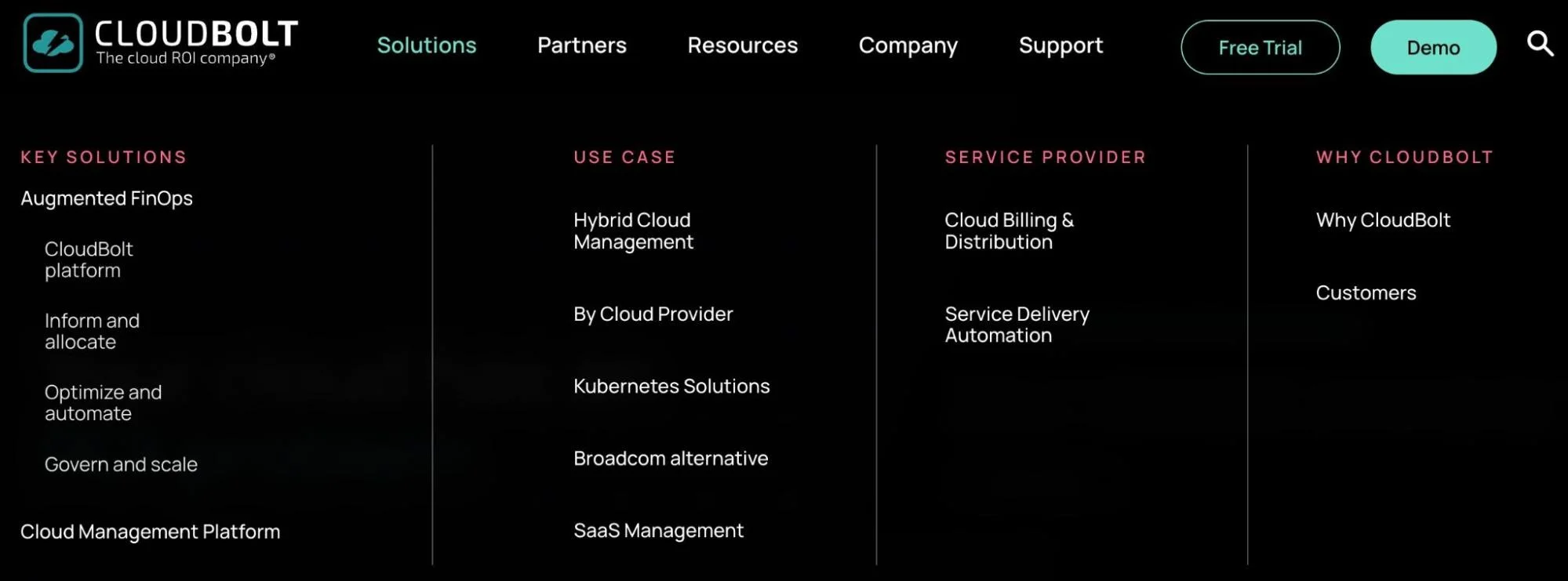
With CloudBolt’s Kumolus, users can manage costs across multiple cloud environments directly from the cloud cost management portal. As an example, you can purchase Reserve capacity right from the platform’s portal. Furthermore, it provides visibility into reservations, forecasting, budgets, and usage reporting (shared as PDF or CSV).
With this tool, you can monitor your crucial cost indicators in both public and private clouds.
Year Founded: 2012
Category: Multi-cloud Cost Management
Best for companies with medium-scale use cases who don’t necessarily want to analyze their cloud bills that closely.
CloudBolt Pricing: Custom
Switch To Cloud Cost Intelligence
Chances are that your competition is using the latest tools to eat into your market share. Knowing your COGS and unit cost economics will enable you to develop better pricing, performance, and features so that you can beat your competitors.
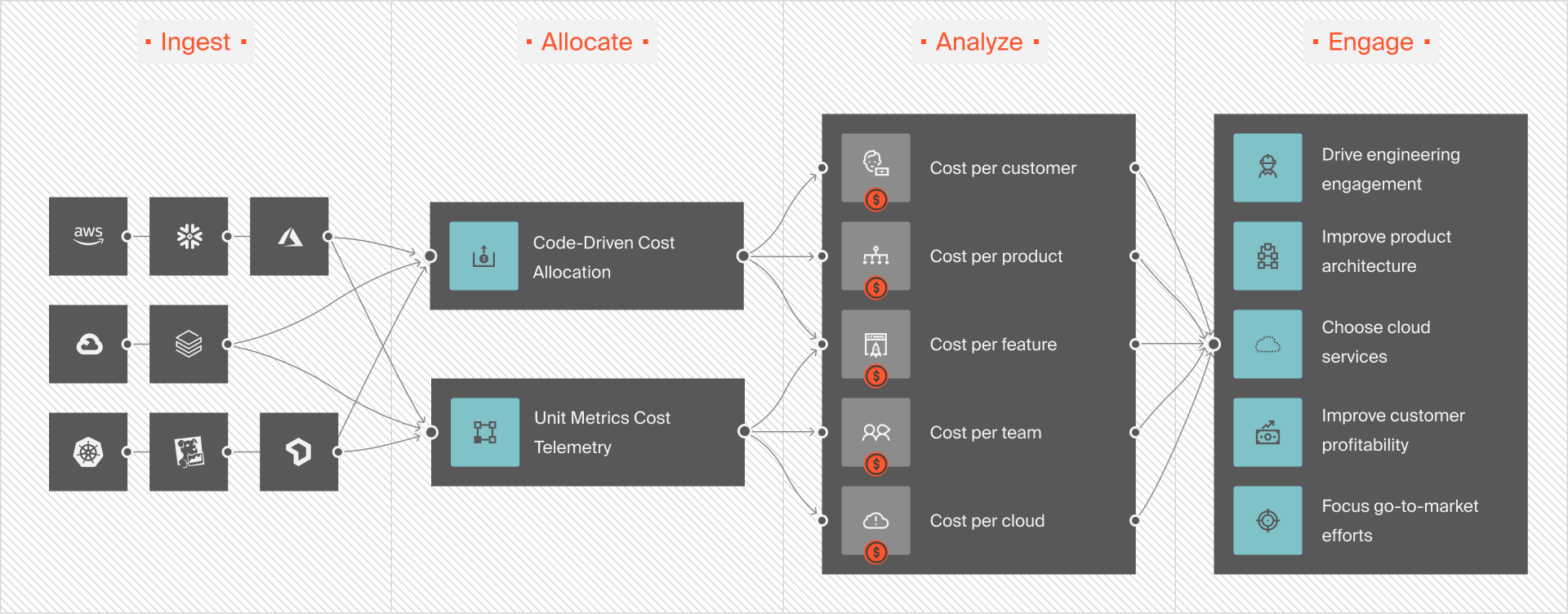
Engineers can use CloudZero to nurture a cost-aware culture without reducing innovation. Meanwhile, finance and FinOps can get the answers they need to understand what, when, and who is driving these cloud costs, so they can make strategic business decisions to remain competitive.
